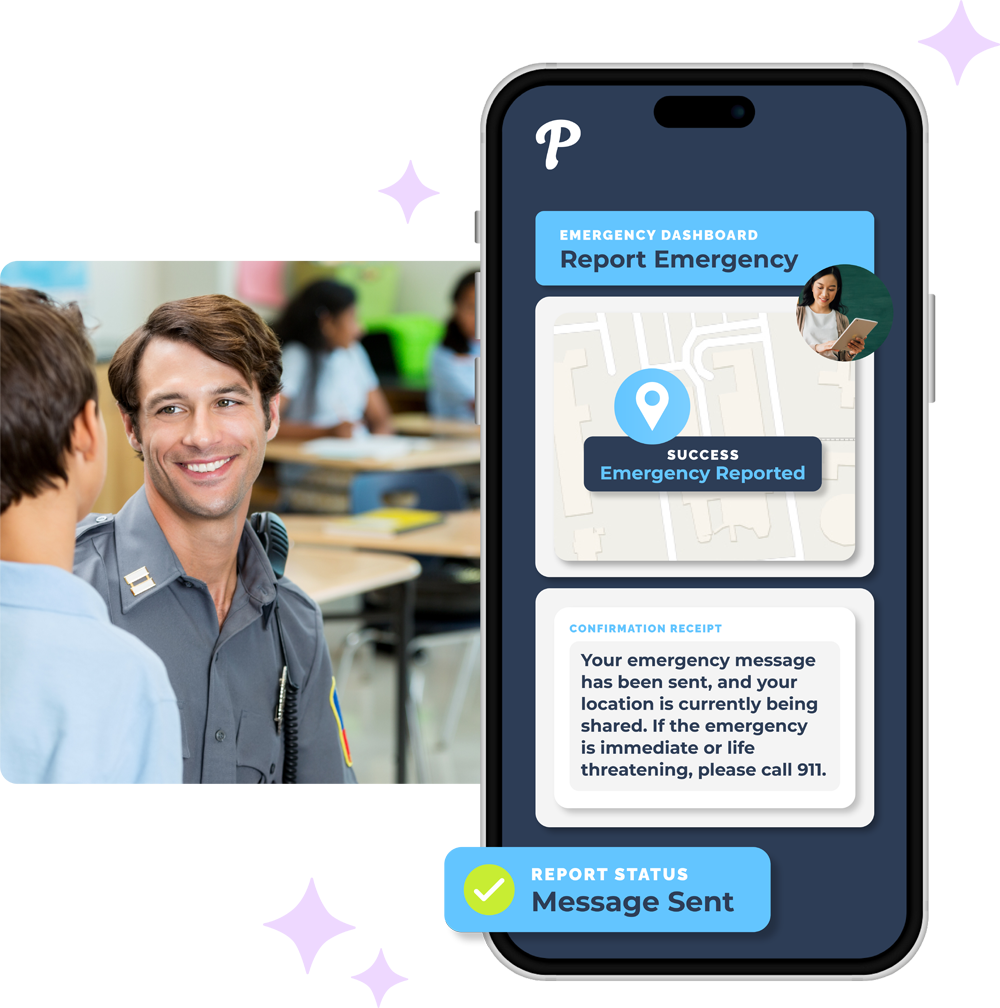It’s no longer IQ vs EQ — it’s both.
IQ (Intelligence Quotient) is traditionally defined as the “relative intelligence of a person” or their “proficiency in or knowledge of a specified subject.” In schools, IQ and intellect often form the foundation of academic achievement, standardized testing, and student evaluation.
But are we missing something critical when we focus on IQ alone?
The concept of emotional intelligence (EI or EQ) challenges us to broaden our view of what it really means to educate a child.
Brought into the mainstream over two decades ago by Daniel Goleman’s book Emotional Intelligence: Why It Can Matter More Than IQ, EQ became part of the conversation about success — at school, at work, and in life.
K-12 classrooms naturally lean into developing IQ, but are they also creating pathways for EQ? For students of all ages, the reasons to prioritize emotional intelligence are compelling — and the opportunities are endless.
What Is Emotional Intelligence?
In simple terms, emotional intelligence is “the ability to perceive, understand, and manage emotions — both in ourselves and others.”
Researchers and educators often break EQ into five core areas:
- Self-awareness — recognizing your emotions and their impact
- Emotional control — managing impulses and stress
- Self-motivation — maintaining focus and persistence
- Empathy — understanding others’ feelings and perspectives
- Relationship skills — building healthy, collaborative connections
These are not just soft skills. They are life skills. They help students succeed in academics, build meaningful relationships, and navigate the social and emotional challenges of growing up.
Why K-12 Students Need Emotional Intelligence
Why is emotional intelligence relevant for K-12 students? Because it supports one of education’s greatest goals: preparing students to thrive in the real world.
Even at a young age, students who develop EQ are better able to:
- Build friendships and resolve conflicts
- Cope with stress and regulate emotions
- Stay motivated and engaged in learning
- Show empathy toward peers and teachers
- Become positive contributors to their school community
The Workplace Starts Here
We often think of “career readiness” as a goal for high schoolers. But many of the skills employers value most begin in elementary and middle school. Employers consistently report that they look for candidates who are collaborative, good listeners, and able to handle pressure — all hallmarks of high EQ.
By practicing emotional intelligence early, students develop a level of social and emotional maturity that previous generations needed years of work experience to acquire.
Beyond Academics: Life Skills
A higher EQ also has broad impacts beyond the classroom. Research shows that students with strong emotional intelligence demonstrate better engagement, decision-making, stress resilience, and leadership — qualities that serve them throughout their personal and professional lives.
For example, EQ helps students:
- Manage stress during tests or presentations
- Work effectively in teams on group projects
- Make better decisions under pressure
- Build healthy friendships and relationships
- Lead student initiatives and inspire others
Building emotional intelligence at a young age fosters resilience, confidence, and a sense of belonging — things every student deserves to feel at school.
The Link Between EQ and Soft Skills
In recent years, employers and educators alike have focused on “soft skills” — communication, collaboration, adaptability, and problem-solving. But what often goes unspoken is that emotional intelligence is the foundation for all soft skills.
Without self-awareness, students can’t communicate effectively. Furthermore, without emotional control, they can’t resolve conflicts. Finally, without empathy, they can’t build trusting relationships.
For students to leave school truly prepared for life beyond graduation, they need both intellectual knowledge and emotional intelligence — IQ and EQ working together.
Who Should Be Involved?
Fostering emotional intelligence in K-12 students is not the job of one teacher or department. It takes a schoolwide approach — one that integrates social and emotional learning (SEL) into everyday life.
It’s important to involve partners across academic and student life, including:
- Classroom teachers modeling empathy and self-regulation
- Counselors offering guidance on emotional challenges
- Administrators setting policies that promote a positive school climate
- Coaches and club advisors fostering teamwork and leadership
- Parents and guardians reinforcing lessons at home
While mental health, soft skills, stress management, and emotional intelligence are each distinct, they overlap in meaningful ways. Schools can create strong partnerships among staff and families to support all of these areas — while reducing the burden on counselors alone.
Practical Steps for Schools
What can schools do to bring emotional intelligence into their culture? Here are a few ideas:
- Embed SEL into the curriculum: Teach EQ explicitly alongside academic subjects.
- Model emotional intelligence: Train teachers and staff to demonstrate EQ in their interactions with students.
- Promote student voice: Create opportunities for students to express themselves and lead initiatives.
- Address conflict constructively: Implement restorative practices instead of purely punitive discipline.
- Celebrate empathy and teamwork: Recognize and reward students who demonstrate these qualities.
For example, some schools have integrated SEL into advisory periods, while others use morning meetings, peer mentoring, or school-wide challenges to build EQ skills. Even simple daily practices — like asking students to name how they feel on a given day — can make a big difference over time.
A Better Path Forward
Two professionals from the Yale Center for Emotional Intelligence recently wrote: “Schools would do well to go beyond the therapeutic model and integrate positive emotional skill-building.”
That sentiment rings true at the K-12 level as well. Proactively teaching emotional intelligence equips students to navigate challenges, build meaningful relationships, and feel more connected to their school community — reducing stress and improving outcomes for everyone.
By investing in emotional intelligence, schools can help students develop the resilience, empathy, and interpersonal skills they need to thrive — not just as learners, but as people.
Final Thoughts
In today’s world, students face more pressure and distractions than ever. While IQ remains an important part of education, it’s no longer enough on its own.
Emotional intelligence gives students the tools to handle life’s ups and downs, build healthy relationships, and grow into capable, compassionate adults.
For schools, the question is no longer whether to develop EQ — it’s how soon we can start.



